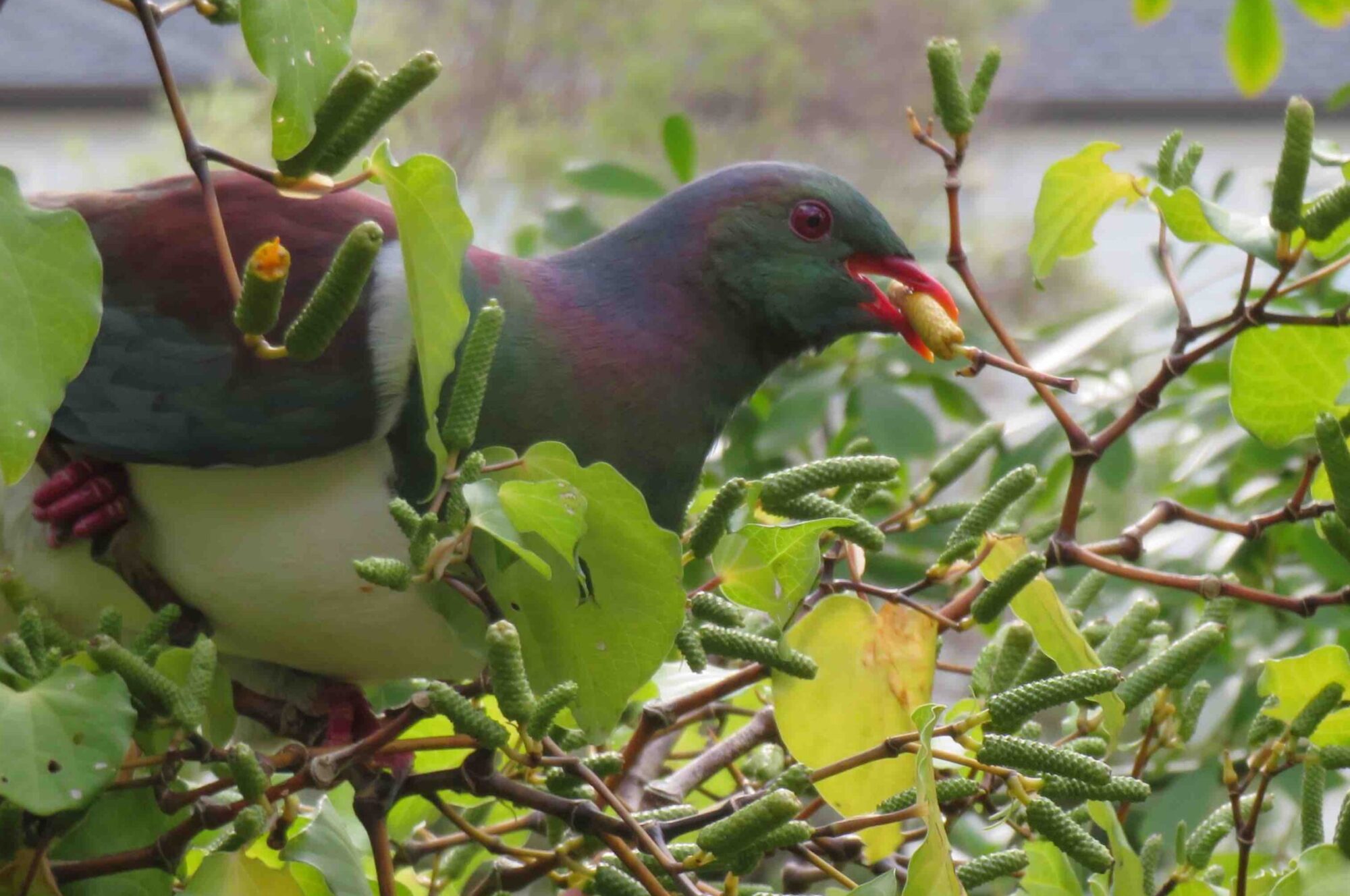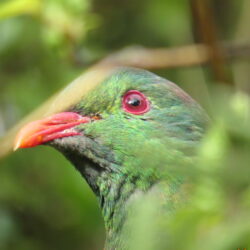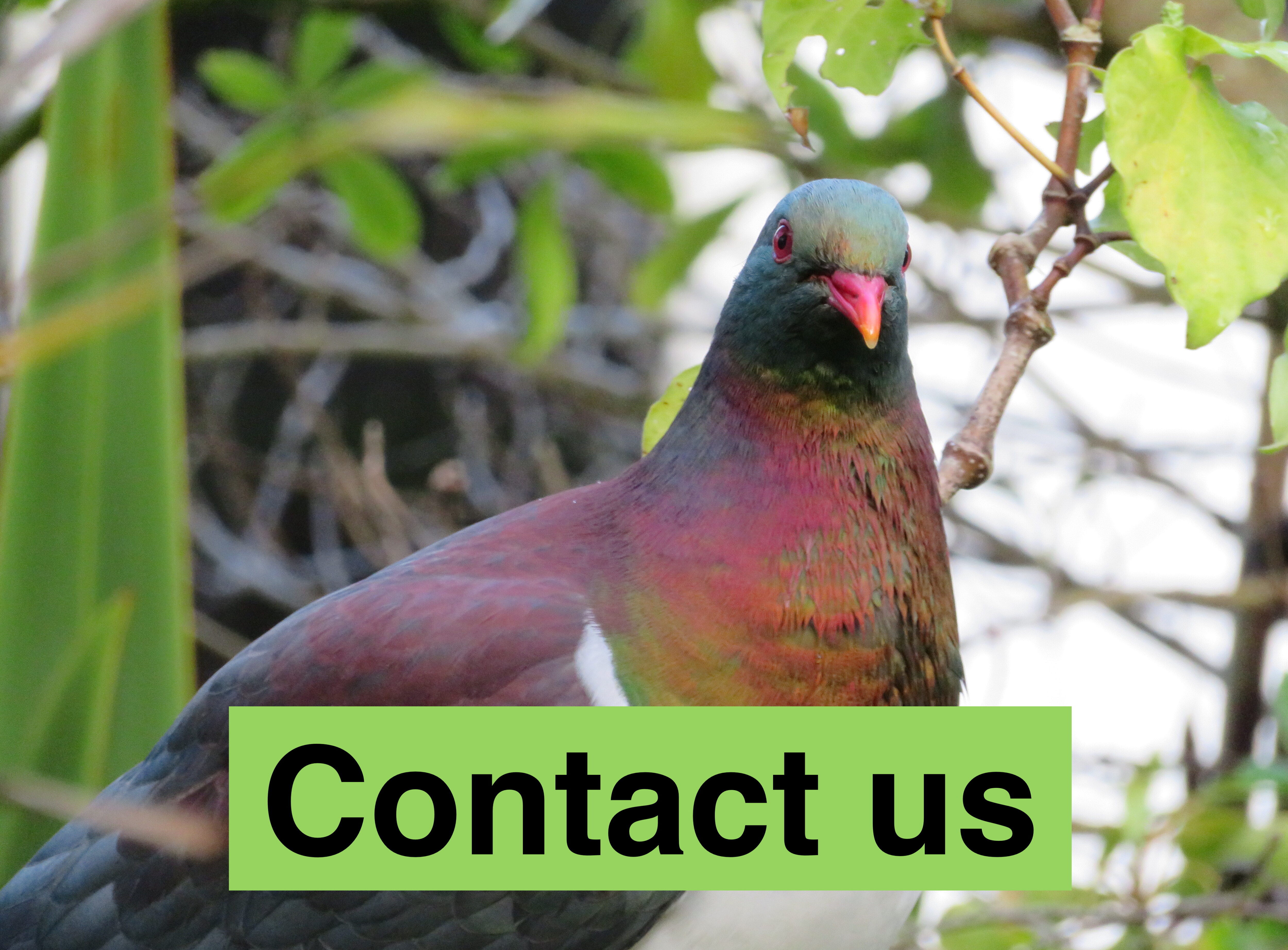Ongoing monitoring and handweeding of any area of predominantly native plant communities is essential in maintaing the nature of that area and for conservation of rare or sensitive species.
Such plant communities can still be found on private properties on the North Shore, especially under tree canopy, or bordering a larger forest, streamside or wetland. Wild native plant communities are often unrecognised, each species being unspectacular in themselves, or difficult to cultivate so rarely advertised or seen in nurseries or garden centres. Some, like moss cushions, take decades to develop their distinctive deep-forest qualities.
Others, like Weeping grass (Microlaena stipoides) can spread rapidly, and even be walked on or mown, to provide an alternative to the common introduced lawn grasses.
Handweeding protects existing native plant community remnants, and allows them to develop and spread, helping to prevent the return of past weeds or new invasions.
Invasive plants filled this young native forest floor in 2018. After 4 years of annually suppressing Blue Corn-lily (Arista ecklonii) and Bulbil Watsonia, native sedges, grasses, shrubs and mosses are proliferating to provide dense green groundcover.

In a light gap in a 20 year old regenerating kauri forest edge, A patch of “pipecleaner moss” (Ptychomnion aciculare) nestles against the decaying trunk of a manuka at left, protected from new weed invasions by the increased density of “kauri sedge” (Schoenus tendo).
To be continued…


